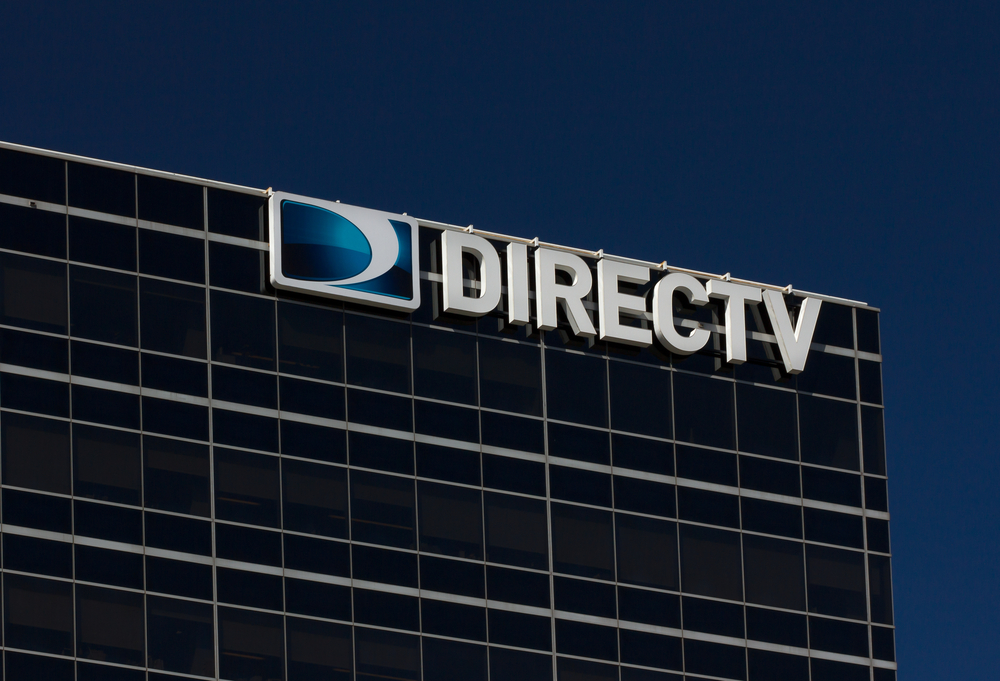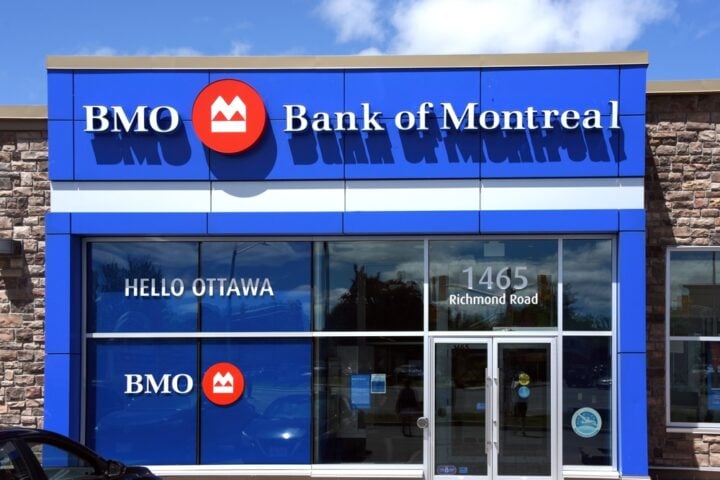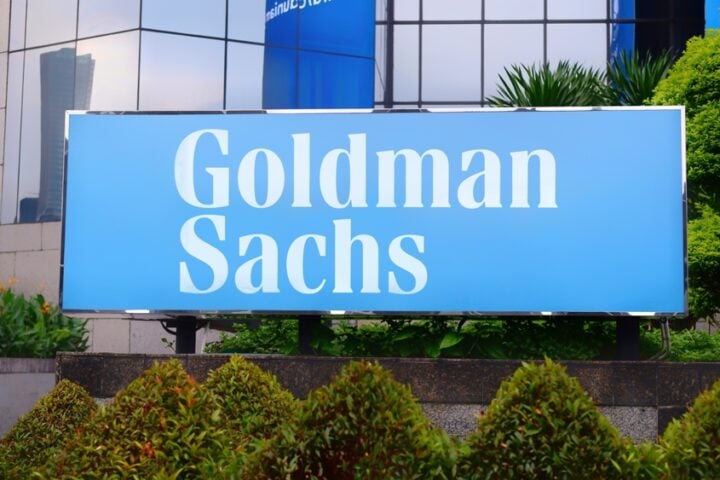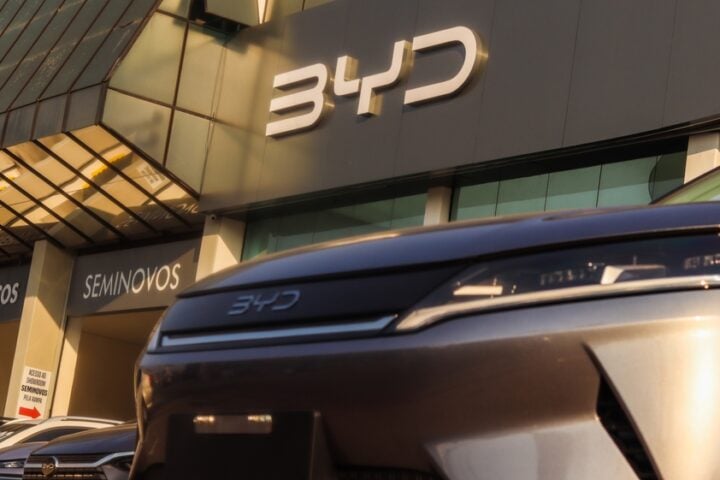DirecTV announced on Monday that it will acquire rival Dish Network, marking the conclusion of decades of on-and-off merger discussions between the two satellite TV providers. Both companies have struggled to retain subscribers as streaming platforms like Netflix, Hulu, and Amazon Prime Video have attracted millions of users with lower prices and on-demand content. The merger is seen as a last-ditch effort to consolidate resources and compete in an industry increasingly dominated by tech giants and streaming services.
Merger Details: A Strategic Move in a Changing Industry
Under the terms of the deal, DirecTV will pay Dish’s parent company, EchoStar, just $1 in exchange for taking on Dish’s billions in debt. This unique financial structure allows the companies to merge without a significant upfront cost, but the focus will now shift to managing Dish’s debt load. DirecTV and Dish hope that combining their subscriber bases will provide the scale needed to stay competitive in a rapidly evolving media landscape.
In addition, private equity firm TPG will acquire AT&T’s remaining 70% stake in DirecTV. AT&T, which initially bought DirecTV in 2015, sold a 30% stake to TPG in 2021 and will now exit the satellite TV business altogether. TPG and DirecTV have also agreed to loan $10 billion to Dish to help the company address its $2 billion debt maturity due in late November.
The merger is contingent upon Dish bondholders agreeing to a reduced net debt of less than $1.56 billion. With the help of the loan, Dish is expected to pay off its debt by November 24, allowing the deal to proceed.
Impact on the Pay-TV Market
DirecTV claims that the merger will give both companies more scale and a stable revenue stream, positioning the new entity to better compete in the shrinking pay-TV market. The combined company will have around 20 million subscribers, a sharp decline from DirecTV’s peak of 20.3 million subscribers in 2015. Despite this decrease, the companies believe the merger will help them compete more effectively with streaming services and traditional pay-TV providers.
Programmers like Disney may also benefit from the deal, as the merged company is expected to offer more streamlined packages and bundles, making it more attractive to consumers looking for simpler, less expensive options.
For the time being, the Dish and Sling TV brands will remain in place, and current customers won’t be required to switch to DirecTV. This decision allows both brands to continue operating while benefiting from the efficiencies of the merger.
A New Chapter in Satellite TV History
The merger between DirecTV and Dish brings an end to long-standing rumors and past failed attempts to unite the two companies. Antitrust concerns prevented a $19 billion merger in the early 2000s, but the shifting media landscape has made such concerns less relevant today. With streaming services now dominating the entertainment market, the consolidation of two legacy satellite TV providers is seen as a necessary step for survival rather than a monopolistic threat.
By merging, DirecTV and Dish hope to withstand the pressure from streaming platforms that have disrupted traditional TV viewing habits. While both companies have lost millions of subscribers over the years, the merger positions them to consolidate their remaining user base and compete more effectively in a crowded market.
Looking Ahead: Competing Against Streaming Giants
The merger underscores how much the media landscape has changed in recent years. Once fierce competitors, DirecTV and Dish are now working together to fend off the overwhelming competition posed by streaming platforms. While their combined subscriber base pales in comparison to the scale of Netflix or Amazon Prime Video, the two companies hope that by merging, they can create a more compelling alternative for consumers still interested in satellite TV.
As the pay-TV industry continues to shrink, this merger could represent a pivotal moment in the evolution of satellite television, offering both companies a chance to better compete in the face of streaming dominance.







